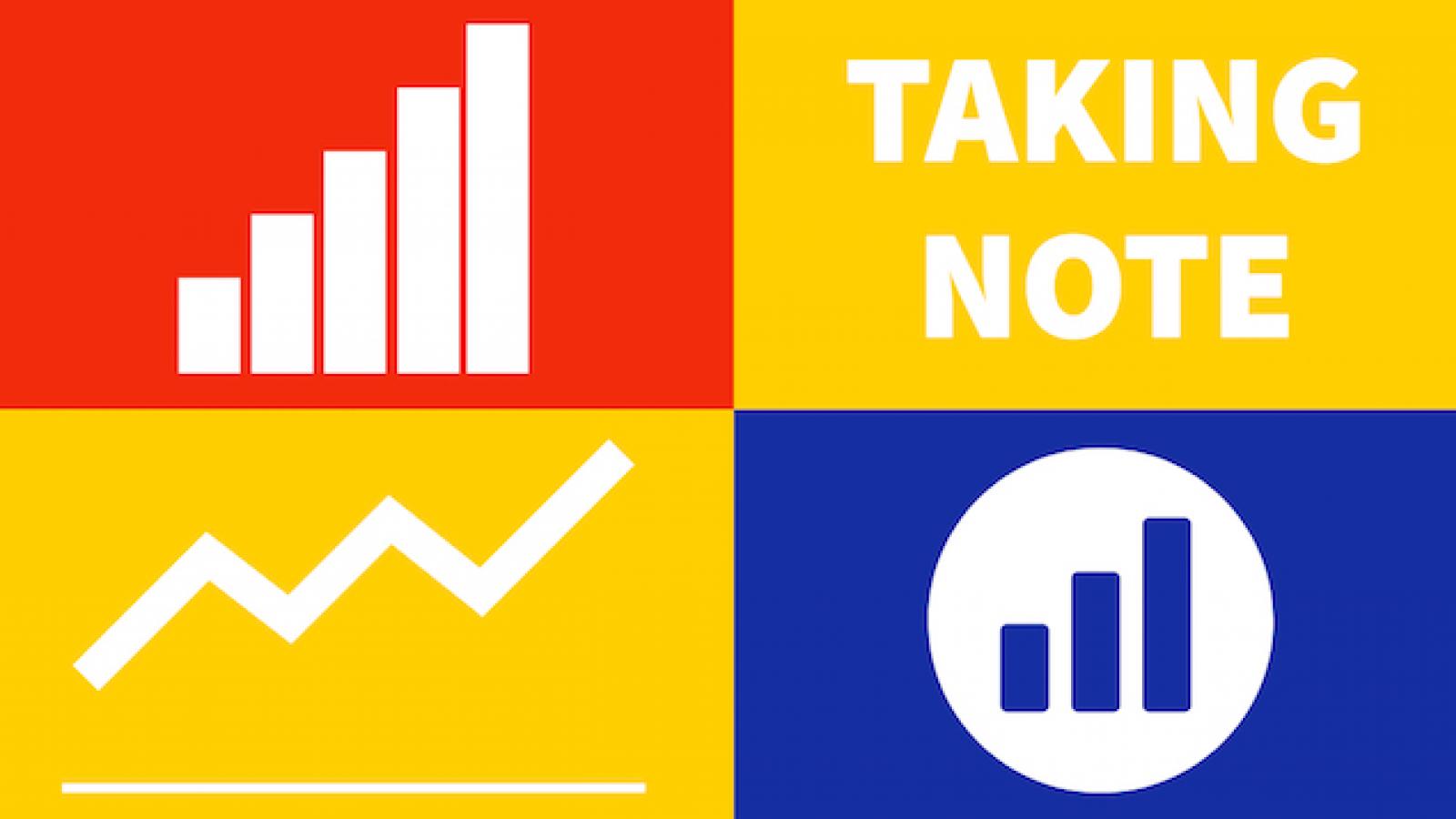Taking Note: How Do We Read? Let’s Count the Ways

The corporate sponsors of a marketing study called “The Infinite Dial” describe it as “the longest-running survey of digital media consumer behavior in America.” The 2019 survey report, which Edison Research and Triton Digital released earlier this year, focuses largely on podcasting, social media, smart speakers, and online audio content. However, it does number audiobook-listening among other digital behaviors.
By 2019, according to the report, fully half of the U.S. population surveyed (aged 12 and above) had ever listened to audiobooks, compared with 44 percent in the previous year. “Along with increases in podcast listening,” the report notes, “audiobook consumption also surged, indicating a trend towards spoken word audio consumption.” Similarly, a Pew Research Center study early this year found that the number of adults who used audiobooks in the past year climbed six percentage points from the 2018 period.
Data from publishers support this narrative. An Association of American Publishers report, also from earlier this year, showed that sales of downloaded audiobooks leapt 37 percent from 2017 to 2018, marking the third consecutive year of double-digit growth for the category. In Britain, publishers have remarked a similar rise, noting a bump in audiobook sales even while print-book sales have dropped.
This background is useful for any consideration of reading habits in the U.S. Within the next few months, the National Endowment for the Arts will release a research report on how Americans read books and literature. Based on data from the 2017 Survey of Public Participation in the Arts, the report finds that 55.5 percent of U.S. adults (131 8. million) read books outside work or school—either in print or digital formats, inclusive of audiobooks.
How do these survey findings track with the ascendancy of digital/audio reading formats? Put it this way: at 44.5 percent, the share of adults who read or listened to books in digital formats (though these digital readers may have read some print books as well) is now greater than the share of adults who read print books alone (25.1 percent).
Over the years, the Arts Endowment survey has asked differently-worded questions about online reading and audiobook-listening. For that reason, trend comparisons are hard to make. All the same, in 2017, the proportion of U.S. adults who read print or digital books—including audiobooks—was greater than the share who read print or digital books in 2008 (54.3 percent), when audiobook-listeners were not explicitly counted.
Some other takeaways from the report:
- Young readers, especially those aged 18-24, are more likely than other groups to be digital/audio readers who also may be reading print books. Americans aged 65 and older are more likely than other groups to be print-only readers.
- Regardless of the format they use, older Americans read books at generally higher rates than younger readers.
- Adults who read e-books and listen to audiobooks consume the most books per year: a median of ten versus four for print-only readers.
- Readers of poetry and graphic novels are more likely to be digital/audio readers (who may also read print books) than print-only readers. By contrast, readers of novels or short stories, or works of biography, history, and religion, are more likely to be print-only readers.
- Digital/audio readers frequently engage in other cultural activities and support the arts. Print-only readers report comparably lower levels of these activities.




